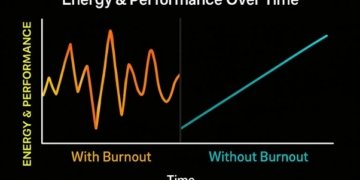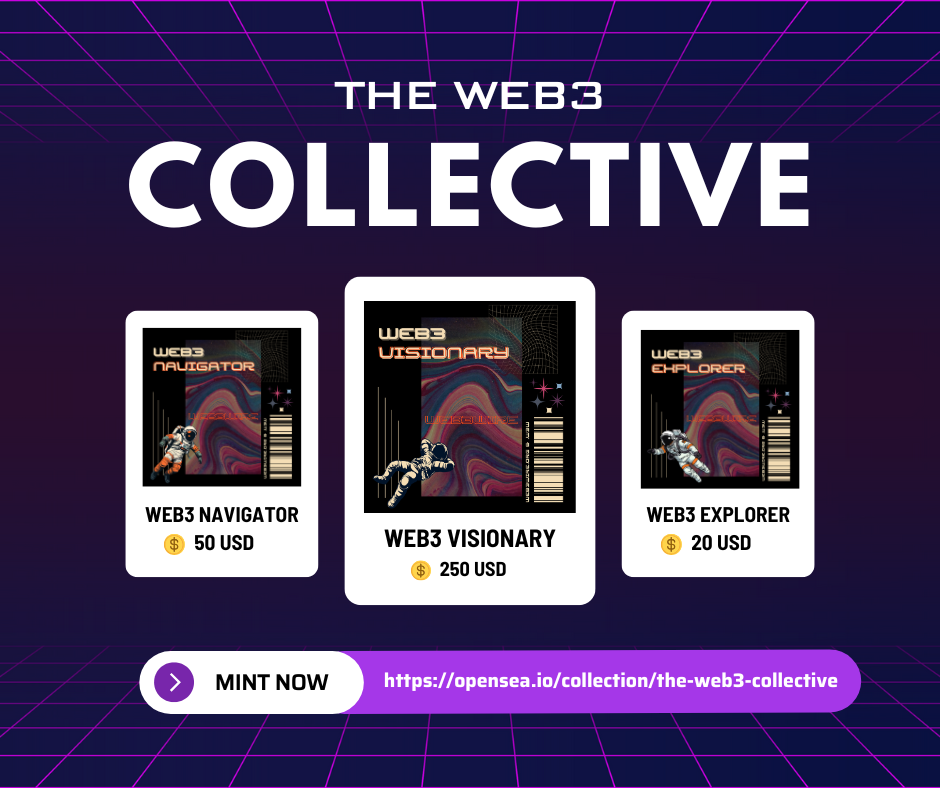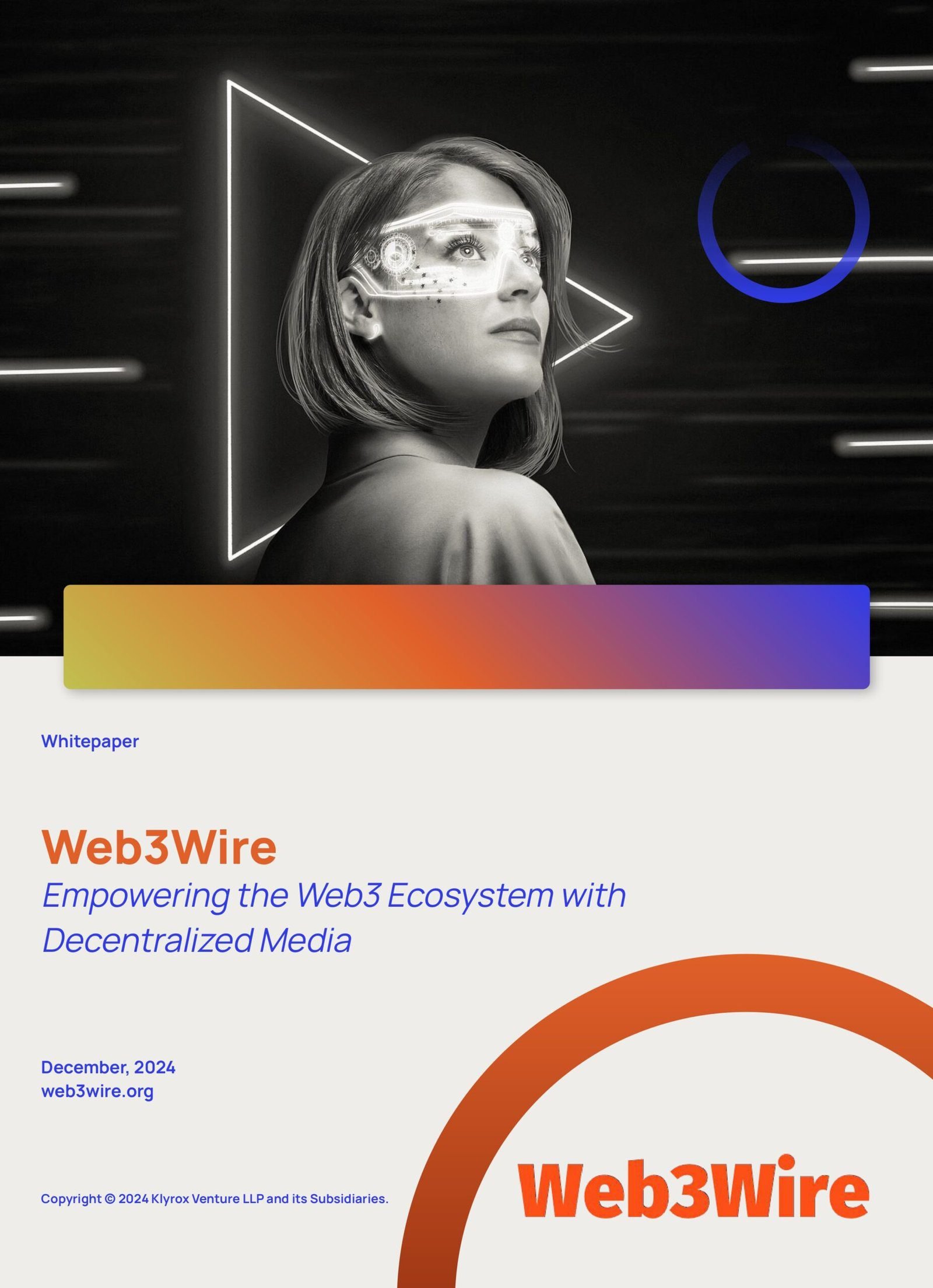What Is the Future Outlook for the Quantum Communication Market’s Size and Growth Rate?
In the last few years, the size of the quantum communication market has seen an explosive growth. It is forecasted to increase from $1.18 billion in 2024 to $1.52 billion in 2025, demonstrating a compound annual growth rate (CAGR) of 28.1%. Factors contributing to this historic period of growth include the increasing need for improved simulation and modeling, the escalating complexity in automotive systems, an intensified focus on cybersecurity, collective research initiatives, regulatory pressures, emissions reduction, along with intense competition and the need for market differentiation.
It is anticipated that the size of the quantum communication market will experience significant expansion in the coming years. The market is projected to reach $4.03 billion by 2029, with a compound annual growth rate (CAGR) of 27.7%. This anticipated expansion during the forecast period can be credited to the rising number of IoT devices, mounting demand for secure communication, enhancements in network infrastructures, and an upsurge in the implementation of communication techniques. The key trends expected during the forecast period consist of greater adoption rates, advances in technology, increased R&D investments, a rise in partnerships and collaborations, market broadening, regulatory factors, integration with electric vehicles, emphasis on cybersecurity, market rivalry, and the commercialisation of quantum solutions.
What Factors Are Fueling Growth in the Quantum Communication Market?
The surge in cybersecurity threats is projected to fuel the expansion of the quantum communication market. These threats are malicious actions designed to undermine the security of information systems by altering data’s availability, integrity, or confidentiality, or by generally disrupting digital life. This rise in cybersecurity threats can be attributed to greater connectivity, insufficient emphasis on education, training, and research in cybersecurity, and the inability of governments, businesses, and individuals to establish a safer digital ecosystem. Quantum communication offers means of identifying unauthorized interference or eavesdropping on communication channels that are extremely sensitive to disruptions. This means any efforts to intercept or meddle with quantum signals would be promptly noticeable, enhancing the trust in the integrity of the communication. For example, the Australian Cyber Security Centre, a cyber security agency based in Australia, reported in February 2023 that they received 76,000 cybercrime reports in 2022, marking a 13% rise from the previous year. Consequently, the burgeoning number of cybersecurity threats is anticipated to stimulate the expansion of the quantum communication market.
Get Your Free Sample Now – Explore Exclusive Market Insights:
https://www.thebusinessresearchcompany.com/sample.aspx?id=15646&type=smp
Which Key Market Leaders Are Driving Quantum Communication Industry Growth?
Major companies operating in the quantum communication market are Toshiba Corporation, ID Quantique SA, Nu Quantum Ltd., QuintessenceLabs Pty. Ltd., MagiQ Technologies Inc., SpeQtral Pte Ltd., Arqit Quantum Inc., QuantumCTek Co. Ltd., Anhui Qasky Quantum Technology, Qubitekk Inc., QuantLR Inc., Ki3 Photonics Technologies Inc., Qunnect Corporation, QEYnet, Aliro Quantum Inc., Crypto Quantique Ltd., Crypta Labs Limited, Quantropi Inc., Quantum Xchange Inc., Aegiq LLC, GoQuantum Inc., Qulabs Inc., Qudoor Corporation, CAS Quantum Network Co. Ltd., Quantum Telecommunications Italy (QTI)
What Are the Emerging Trends in the Quantum Communication Industry?
Leading entities involved in the quantum communication space are focusing on creating innovative products, such as optical communication systems, to provide superior capabilities to their consumers. Optical communication systems involve various components and technologies used in transmitting, receiving, and processing optical signals. For instance, SKY Perfect JSAT Corporation, a multi-channel pay-TV and satellite communication company based in Japan, unveiled a quantum cryptography optical communication apparatus in August 2023. This new device is equipped with satellite-based quantum key distribution (QKD) and cryptography technology. The goal behind its introduction is to facilitate demonstration experiments from space to Earth, intending to foster a secure satellite communication network resistant to decryption or eavesdropping, irrespective of computational technology advancements.
What Are the Main Segments in the Quantum Communication Market?
The quantum communication market covered in this report is segmented –
1) By Product Type: Hardware, Service, Software
2) By Security Service: Application Security, Network Security
3) By Application: Government, Military And Defense, Telecommunication, Banking, Financial Services And Insurance (BFSI), Industrial, Enterprise, Other Applications
Subsegments:
1) By Hardware: Quantum Key Distribution (Qkd) Systems, Quantum Repeaters, Photonic Detectors And Components, Quantum Random Number Generators (Qrng), Optical Transceivers For Quantum Communication, Quantum Sensors And Imaging Devices, Quantum Cryptography Hardware
2) By Service: Quantum Network Deployment Services, Quantum Encryption And Cryptography Services, Quantum Communication System Integration, Quantum Key Management And Distribution Services, Consulting And Advisory Services For Quantum Technologies, Quantum Communication Maintenance And Support Services
3) By Software: Quantum Cryptography Software, Quantum Key Distribution (Qkd) Software Solutions, Quantum Communication Protocols And Algorithms, Quantum Network Simulation Software, Quantum Software Development Platforms, Encryption And Decryption Software For Quantum Systems
Pre-Book Your Report Now For A Swift Delivery:
https://www.thebusinessresearchcompany.com/report/quantum-communication-global-market-report
Which Geographic Area Leads the Quantum Communication Market?
North America was the largest region in the quantum communication market in 2023. Asia-Pacific is expected to be the fastest-growing region in the forecast period. The regions covered in the quantum communication market report are Asia-Pacific, Western Europe, Eastern Europe, North America, South America, Middle East, Africa.
What Is Covered In The Quantum Communication Global Market Report?
– Market Size Analysis: Analyze the Quantum Communication Market size by key regions, countries, product types, and applications.
– Market Segmentation Analysis: Identify various subsegments within the Quantum Communication Market for effective categorization.
– Key Player Focus: Focus on key players to define their market value, share, and competitive landscape.
– Growth Trends Analysis: Examine individual growth trends and prospects in the Market.
– Market Contribution: Evaluate contributions of different segments to the overall Quantum Communication Market growth.
– Growth Drivers: Detail key factors influencing market growth, including opportunities and drivers.
– Industry Challenges: Analyze challenges and risks affecting the Quantum Communication Market.
– Competitive Developments: Analyze competitive developments, such as expansions, agreements, and new product launches in the market.
Unlock Exclusive Market Insights – Purchase Your Research Report Now!
https://www.thebusinessresearchcompany.com/purchaseoptions.aspx?id=15646
Connect with us on:
LinkedIn: https://in.linkedin.com/company/the-business-research-company,
Twitter: https://twitter.com/tbrc_info,
YouTube: https://www.youtube.com/channel/UC24_fI0rV8cR5DxlCpgmyFQ.
Contact Us
Europe: +44 207 1930 708,
Asia: +91 88972 63534,
Americas: +1 315 623 0293 or
Email: mailto:info@tbrc.info
Learn More About The Business Research Company
With over 15,000+ reports from 27 industries covering 60+ geographies, The Business Research Company has built a reputation for offering comprehensive, data-rich research and insights. Our flagship product, the Global Market Model delivers comprehensive and updated forecasts to support informed decision-making.
This release was published on openPR.



















